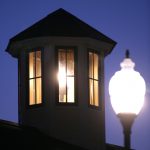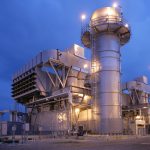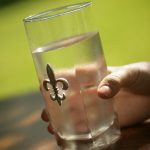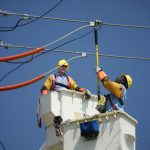Generator Safety
WHEN PURCHASING A GENERATOR
• If you choose to buy a generator, make sure you get one that is listed with the Underwriters Laboratory (UL) or Factory Mutual (FM).
• Look at the labels on lighting, appliances and equipment you plan to connect to the generator to determine the amount of power that will be needed to operate the equipment. If you don’t know, ask an electrician.
• Choose a generator that produces more power than will be drawn by the combination of lighting, appliances and equipment you plan to connect to the generator including the initial surge when it is turned on. If not, plan to stagger the operating times.
INSTALLING A GENERATOR – DON’T BACKFEED!
• Unless your home’s power supply was installed with a disconnect to the main power feeding lines, power you put into your home from a generator could back-feed into the main line and cause safety problems for LUS employees, your neighbors or yourself.
• Back-feeding is supplying electrical power from a generator at the residence into the incoming utility lines. Simply connecting a cord from the generator to a point on the permanent wiring system and back-feeding power is an unsafe method to supply a building during a utility outage.
USING A GENERATOR
• Follow the directions supplied with the generator.
• Under no circumstances should portable generators be used indoors, including inside a garage.
• Adequate ventilation is necessary, and proper refueling practices, as described in the owner’s manual, must be followed.
• It is a good idea to install one or more carbon monoxide (CO) alarms inside your home (following the manufacturer’s installation directions). If CO gas from the generator enters your home and poses a health risk, the alarm will sound to warn you. Many home fires and deaths from carbon monoxide poisoning have occurred from using a generator improperly.
• Be sure to let the generator cool before refueling.
• Store fuel for the generator in an approved safety can. Use the type of fuel recommended in the instructions or on the label on the generator.
• Local laws may restrict the amount of fuel you may store or the storage location. Ask your local fire department for additional information about local regulations.
• Store fuel for the generator outside in a locked shed or another protected area. Do not store fuel in a garage or anywhere inside a home, as vapors can be released that may cause illness and are a potential fire or explosion hazard.
Be sure to watch the Generator Safety Video on our YouTube Channel.






